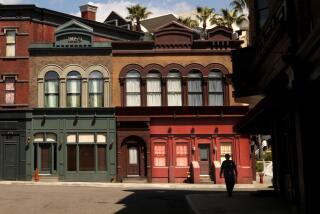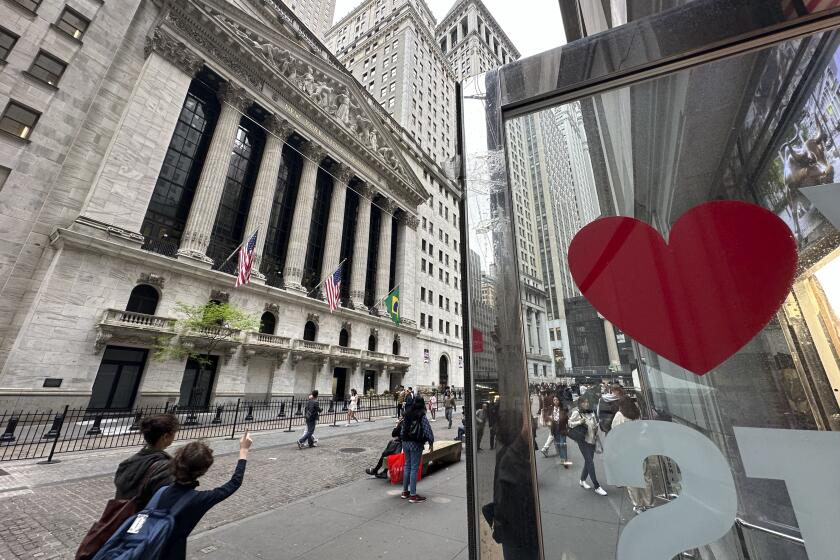Santa Barbara Savings Seized by Regulators : Thrifts: The troubled firm has been operating for months under some of the toughest restrictions ever imposed on an institution.
Federal regulators on Friday seized the long-troubled Santa Barbara Savings, the state’s 18th-largest thrift and the dominant savings and loan in the Santa Barbara, Ventura and San Luis Obispo region.
The move had been expected for months. Over the past five months, Santa Barbara Savings had been placed under some of the most severe restrictions regulators have ever imposed on a thrift short of seizing it. The thrift could not make a new loan or make new investments, restrictions considered tantamount to a death sentence for a savings and loan.
Although it is solvent, Santa Barbara failed to meet new federal capital rules, and its chances for ever doing so were slim. Those rules, put into place last year in the wake of the nation’s savings and loan fiasco, are designed to make sure thrifts maintain enough financial protection against losses.
Customers are not expected to notice any difference in operations as a result of the seizure. Branches will remain open during regular hours. Accounts are insured up to $100,000, the federal limit.
Santa Barbara Savings and its parent, Financial Corp. of Santa Barbara, which had $4.66 billion in assets on Dec. 31, have a bizarre history marked by a number of missteps by management in the early to mid-1980s and the involvement at one point of one of Wall Street’s most notorious felons. From 1981 to 1984, the thrift lost more than $80 million and was nearly wiped out. The thrift lost $60.3 million in 1989 but posted a profit of $37.7 million in the first quarter because it swapped stock for junk bonds.
The thrift never maintained a strong capital level and put its depositor money in ill-timed investments. They included risky junk bonds, Treasury securities and futures contracts on Treasury securities, which is a method of hedging against losses in value. On Friday, regulators cited “extremely thin interest margins and low-yielding assets” but did not elaborate. They also said expenses were too high.
Ivan F. Boesky, the Wall Street stock speculator who pleaded guilty in 1986 to insider trading violations, came within a shade of buying Financial Corp. of Santa Barbara in 1984.
Boesky had proposed buying 56% of the firm for $40 million through one of his firms but later backed out because of problems getting federal approval and a rise in interest rates. Last fall, Financial Corp. of Santa Barbara sued Boesky and Drexel Burnham Lambert, the collapsed investment bank that specialized in junk bonds, alleging that they concealed their relationships when they persuaded the thrift to buy $284 million in junk bonds in 1984.
Financial Corp. of Santa Barbara’s largest shareholder now is Beverly Hills lawyer and businessman Leonard Ross, who owns a stake of slightly more than 20%. Ross could not be reached for comment.
Santa Barbara’s management tried unsuccessfully to sell the S&L.; One institution that took a look was San Francisco-based BankAmerica Corp., sources familiar with the thrift said.
But any investor would have had to pump considerable money into Santa Barbara Savings. Sources said regulators probably would have required an infusion of $100 million to $300 million, depending on the financial strength of the buyer. And many buyers were scared off by Santa Barbara’s portfolio of such investments as mortgage-backed securities.
Officials from the federal Resolution Trust Corp., the agency created last year to clean up the nation’s savings and loan mess, will run the thrift while a buyer is sought.






